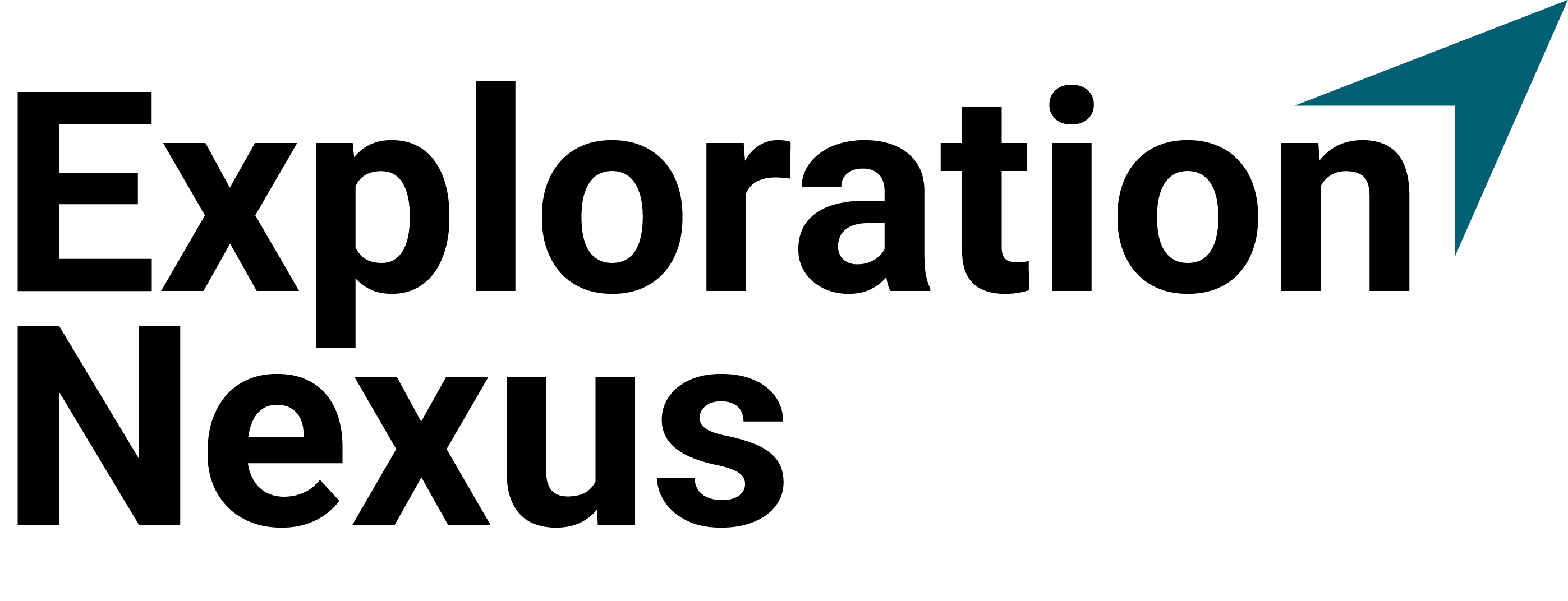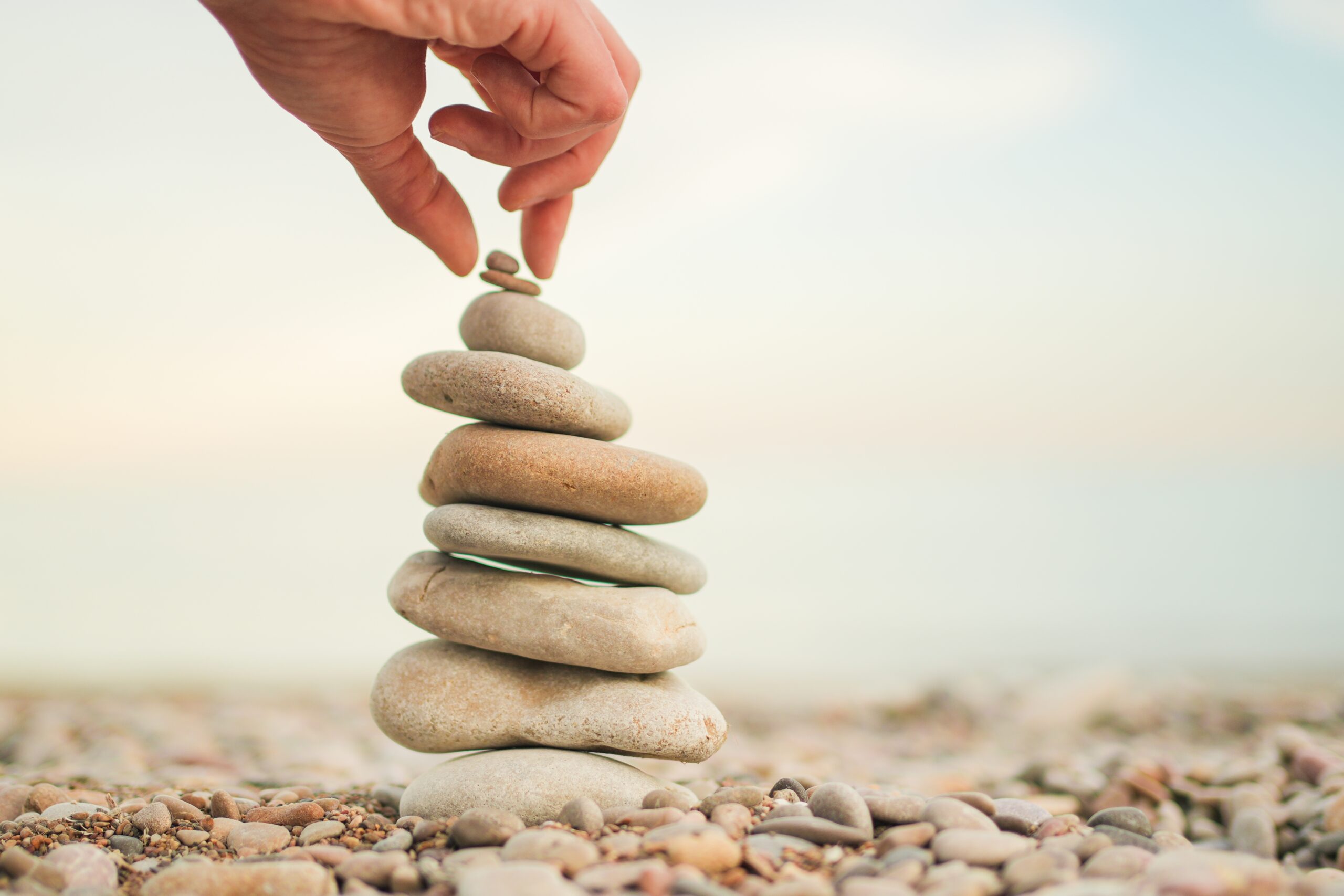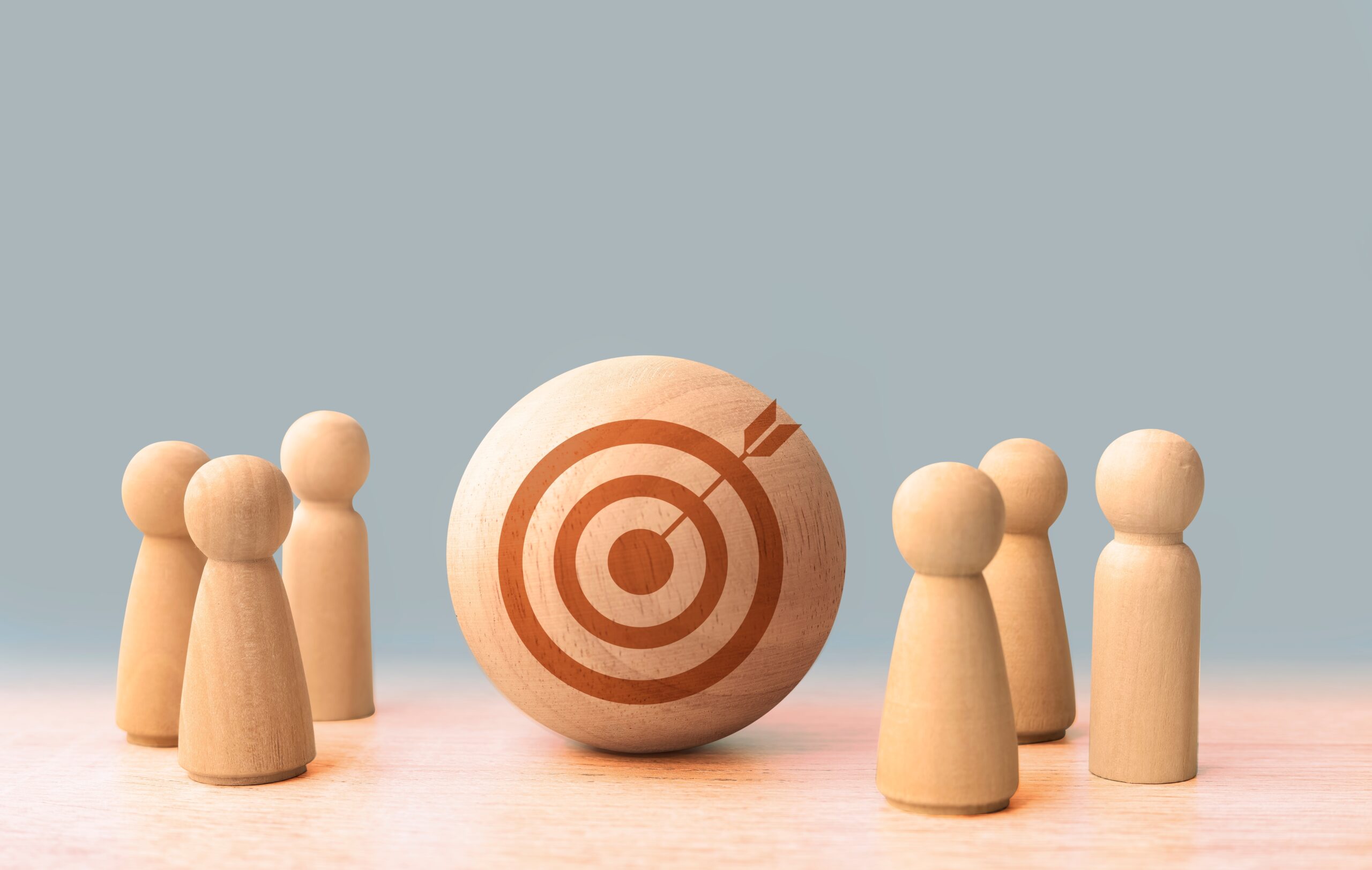The Power of Doing Less
In a world where busyness is often mistaken for success, many people believe that being constantly active means being productive. However, research suggests that overloading yourself with tasks leads to burnout, stress, and decreased efficiency. Minimalist productivity is about prioritising essential tasks, eliminating distractions, and focusing on high-impact activities.
By doing less, you can achieve more meaningful results, improve your mental clarity, and create a better work-life balance. This guide explores how minimalist productivity works, the benefits it offers, and practical strategies to incorporate it into your daily life.
Outline
- Introduction: The Myth of Busyness
- The Benefits of Minimalist Productivity
- The Key Principles of Minimalist Productivity
- The 80/20 Rule: Maximising Efficiency
- Eliminating Non-Essential Tasks
- The Power of Deep Work and Focus
- Digital Minimalism: Reducing Tech
- Distractions
- How to Create a Minimalist Work Routine
- Achieving Work-Life Balance Through Minimalist Productivity
- Conclusion: The Freedom of Working Smarter
1. Introduction: The Myth of Busyness
In today’s fast-paced society, many people equate productivity with being busy. The longer your to-do list, the more accomplished you feel. But does doing more always lead to success?
Why More Tasks Don’t Equal More Productivity:
✔ Multitasking reduces efficiency – Constantly switching between tasks lowers cognitive performance.
✔ Long to-do lists create stress – The brain struggles to focus when overloaded.
✔ Being busy ≠ being effective – Working long hours doesn’t always produce better results.
Minimalist productivity focuses on fewer, high-impact tasks rather than overwhelming yourself with busywork.
2. The Benefits of Minimalist Productivity
By focusing on what truly matters, minimalist productivity helps eliminate unnecessary stress and maximise efficiency.
| Benefit | Why It Matters |
|---|---|
| Less stress | Reducing tasks prevents burnout and mental overload. |
| Increased focus | Prioritising key tasks improves deep work. |
| Higher quality work | Fewer distractions lead to better results. |
| More free time | Doing only essential tasks creates time for personal growth. |
| Better decision-making | A simplified workload improves clarity. |
Minimalist productivity is about effectiveness, not just activity.
3. The Key Principles of Minimalist Productivity
To work efficiently, apply these core principles:
✔ Prioritisation – Focus on tasks with the most impact.
✔ Elimination – Remove unnecessary obligations.
✔ Simplification – Reduce complexity in your workflow.
✔ Deep Work – Minimise distractions for focused productivity.
✔ Boundaries – Protect your time and say “no” when necessary.
Success is not about doing everything—it’s about doing the right things.
4. The 80/20 Rule: Maximising Efficiency
The Pareto Principle states that 80% of outcomes come from 20% of efforts.
How to Use the 80/20 Rule:
✔ Identify the 20% of tasks that generate the most value.
✔ Eliminate or delegate low-impact work.
✔ Focus on high-priority projects that yield long-term results.
Less work, more results—strategic effort beats random busyness.
5. Eliminating Non-Essential Tasks
Not all tasks contribute to productivity. Many are time-wasters that add little value.
How to Eliminate Non-Essential Tasks:
✔ Audit your schedule – Identify and remove unimportant activities.
✔ Use the Eisenhower Matrix – Categorise tasks as urgent/important and eliminate distractions.
✔ Limit meetings – Only attend those that add value.
Work smarter by removing non-essential tasks, not just doing more.
6. The Power of Deep Work and Focus
Deep work is the ability to focus on complex, high-value tasks without distraction.
How to Implement Deep Work:
✔ Schedule distraction-free work sessions.
✔ Use the Pomodoro Technique (25-minute focus, 5-minute break).
✔ Turn off notifications and social media.
✔ Batch similar tasks together to maintain concentration.
Deep focus produces more meaningful work in less time.
7. Digital Minimalism: Reducing Tech Distractions
Technology is one of the biggest productivity killers.
How to Minimise Digital Distractions:
✔ Turn off non-essential notifications.
✔ Use website blockers during work hours.
✔ Check emails only at set times (e.g., twice per day).
✔ Declutter digital spaces—clean your inbox and desktop.
Technology should be a tool for efficiency, not a source of constant distraction.
8. How to Create a Minimalist Work Routine
Minimalist productivity thrives on a simple, structured routine.
Steps to Design a Minimalist Workday:
✔ Start with the most important task.
✔ Time-block tasks to prevent multitasking.
✔ Set a clear end time for work.
✔ Plan the next day before finishing work.
A structured, minimalist workflow leads to sustained efficiency.
9. Achieving Work-Life Balance Through Minimalist Productivity
Productivity should enhance your life, not consume it.
How to Maintain Work-Life Balance:
✔ Set clear work hours and stick to them.
✔ Prioritise rest and hobbies outside work.
✔ Avoid checking emails after work hours.
✔ Use free time for activities that energise you.
Working smarter allows more time for personal growth and relaxation.
10. Conclusion: The Freedom of Working Smarter
Minimalist productivity isn’t about doing less for the sake of it—it’s about focusing on high-impact work while eliminating unnecessary tasks. By applying minimalist principles, you can:
✔ Work more efficiently without stress.
✔ Complete meaningful projects faster.
✔ Improve focus and decision-making.
✔ Enjoy more free time and life balance.
Challenge: Identify three tasks you can eliminate this week and focus on high-impact work instead.
Minimalist productivity is the key to achieving more while doing less. Are you ready to simplify your work and maximise your results?








